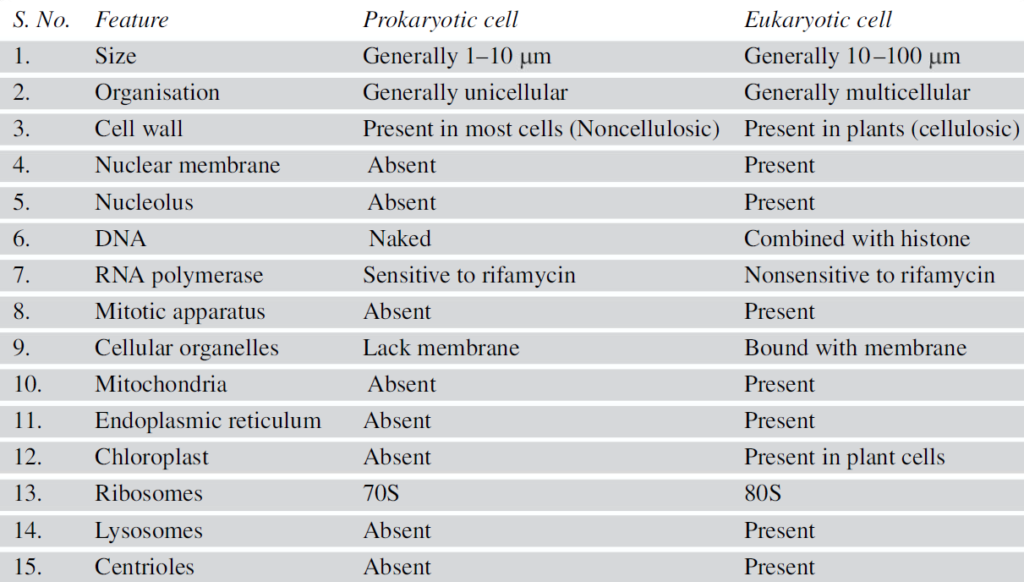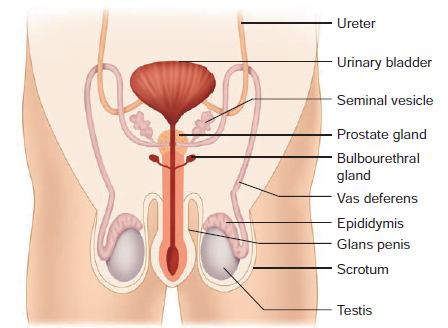Table of Contents
Introduction
Cells are the basic building blocks of all living organisms, and they can be broadly classified into two categories: prokaryotic and eukaryotic. Understanding the differences between these two cell types is fundamental in biology, particularly when it comes to cellular structures and functions. One such structure, the lysosome, plays a crucial role in cellular digestion and waste management. In this blog post, we will explore whether lysosomes are found in prokaryotic or eukaryotic cells and delve into their functions and significance.
The Basics of Prokaryotic and Eukaryotic Cells
Before we discuss lysosomes, let us briefly define prokaryotic and eukaryotic cells:
- Prokaryotic Cells: These are simpler, smaller cells that lack a defined nucleus and membrane-bound organelles. Prokaryotic organisms include bacteria and archaea. Their genetic material is typically found in a single, circular DNA molecule located in a region called the nucleoid.
- Eukaryotic Cells: These are more complex cells that possess a defined nucleus and a variety of membrane-bound organelles, such as the endoplasmic reticulum, Golgi apparatus, and lysosomes. Eukaryotic organisms include animals, plants, fungi, and protists.
Lysosomes: The Cellular Clean-Up Crew
Lysosomes are membrane-bound organelles found primarily in eukaryotic cells. They are often referred to as the “digestive system” of the cell due to their role in breaking down waste materials, cellular debris, and foreign pathogens. Here are some key features and functions of lysosomes:
- Structure: Lysosomes contain hydrolytic enzymes capable of digesting a wide range of biomolecules, including proteins, lipids, carbohydrates, and nucleic acids. The acidic environment within lysosomes (pH around 4.5 to 5) is optimal for these enzymes to function effectively.
- Function: Lysosomes play a critical role in autophagy (the process of recycling cellular components), endocytosis (the uptake of extracellular materials), and the degradation of pathogens engulfed by immune cells. By breaking down waste and unwanted materials, lysosomes help maintain cellular health.
- Pathological Significance: Dysfunctional lysosomes can lead to a variety of diseases known as lysosomal storage disorders. These conditions arise when specific enzymes are deficient, resulting in the accumulation of undigested substrates within lysosomes.
Are Lysosomes Present in Prokaryotic Cells?
The short answer is no—lysosomes are not found in prokaryotic cells. Since prokaryotes lack membrane-bound organelles, they do not possess lysosomes or any other specialized structures for intracellular digestion. Instead, prokaryotic cells rely on different mechanisms to break down materials:
- Cytoplasmic Enzymes: Prokaryotic cells contain enzymes in their cytoplasm that can perform similar functions to lysosomal enzymes. These enzymes help in breaking down nutrients and waste products, but they do not have the compartmentalization seen in eukaryotic lysosomes.
- Extracellular Digestion: Many prokaryotes secrete enzymes into their external environment to break down complex organic materials outside their cells. The products of this extracellular digestion can then be absorbed through the cell membrane.
Prokaryotic vs Eukaryotic cell


Plant Cell vs Animal Cell
![[getpaidstock. Com]-678223bc81830 Getpaidstock. Com 678223bc81830](https://asteriskclasses.com/wp-content/uploads/2025/01/GetPaidStock.com-678223bc81830-1024x724.jpg)


